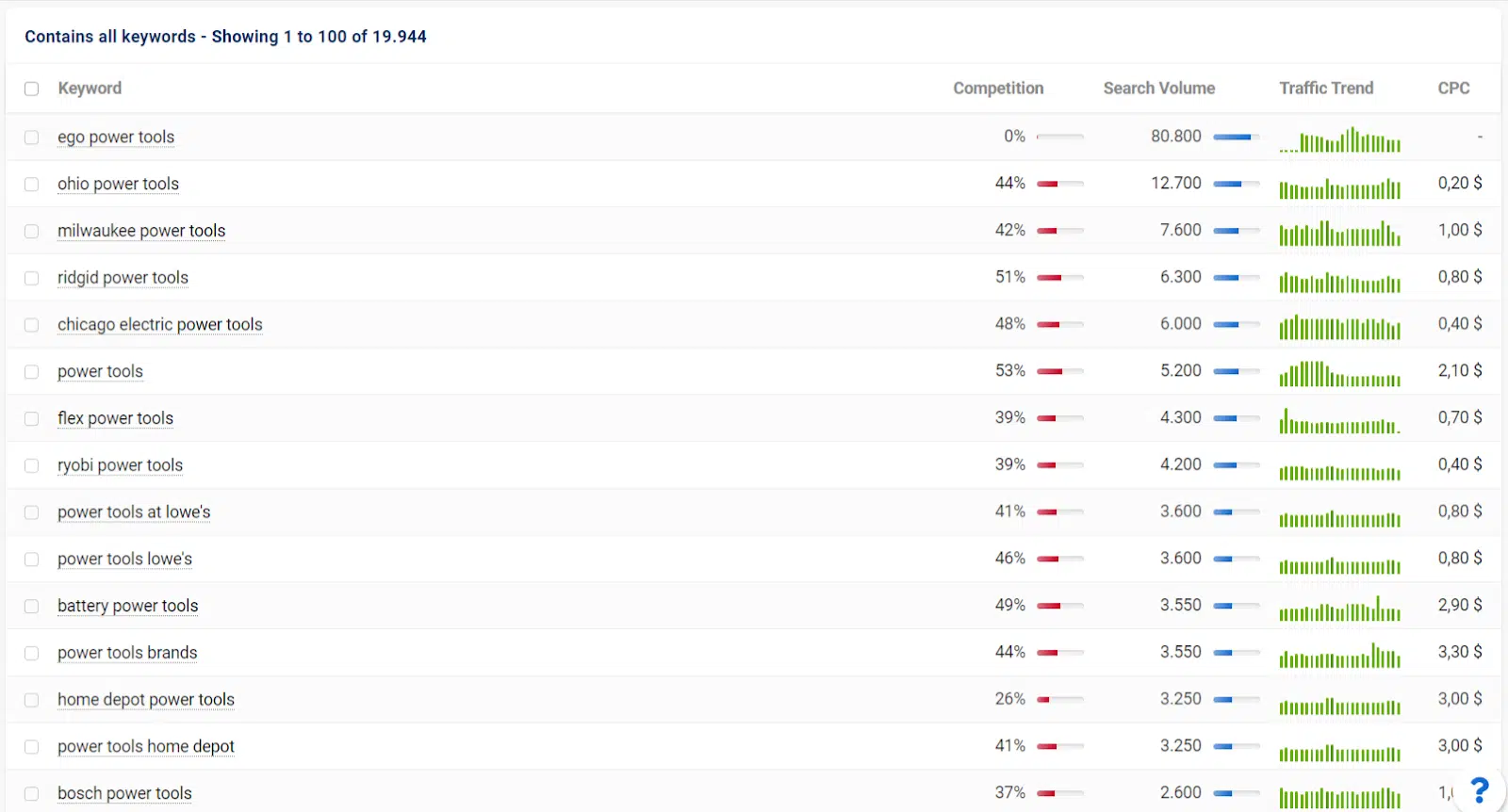Balancing Work and Collage often reminds me of trying to walk in a straight line — carefully placing one foot in front of the other. Sometimes, I picture it more like riding a bicycle, with your weight evenly distributed and your focus steady. No matter which foot — or pedal — takes the lead, you have a sense of control and momentum. But for me — and for many others — balancing work and family rarely feels that smooth. Instead of everything being even, it can seem like you’re constantly at risk of tipping over. And when life feels that unsteady, it’s hard to move ahead with confidence.
Balancing work and school is a phrase that gets tossed around a lot, but it might actually create more pressure than clarity. If you ask most students or professionals, few would say that their academic and work responsibilities ever feel truly “balanced.” Holding up balance as the standard for success often leaves us feeling like we’re falling short.The real goal isn’t perfect balance; it’s integration. Successfully integrating school and work is something that develops over time — across semesters, projects, and stages of life. At times, coursework or exams will require more of your energy. Other times, your job may need extra attention. Managing these shifts means learning to constantly re-evaluate your priorities with understanding and flexibility — sometimes even hour by hour.
Balancing work and life is as difficult a principle to define as it is to achieve. Most of us know what a poor balance feels like — long hours, constant stress, little time for ourselves — but we’re not always sure how to break free from it. Striking the right balance is more than just managing your time; it’s about protecting your physical and mental well-being, nurturing relationships, and even enhancing your professional growth. A healthier balance can make you more productive, more creative, and more fulfilled both in and outside of work.
Balancing work and personal life isn’t merely about occasional treats, relaxation, or leisure activities. It’s a comprehensive practice that supports your physical, emotional, and mental health. It involves engaging in habits that replenish your energy, strengthen resilience against daily pressures, and improve productivity by reducing stress, setting clear boundaries, and maintaining mental focus
Balancing work and family responsibilities begins with understanding your core values. Once you know what truly matters to you, you can make decisions that reflect those values. This doesn’t necessarily mean that family should always outweigh career, or the other way around—it’s about creating harmony that supports your personal well-being and sense of fulfillment.For instance, if family connection is a central value, you might decide to start your mornings sharing breakfast together or set aside device-free time in the evenings to be fully present with your loved ones. If professional development ranks high, you could plan to use early quiet hours at work to focus on key projects or skill-building..
How does load balancing work? A load balancer functions as a reverse proxy, presenting a virtual IP address (VIP) that represents the application to the client. When a client sends a request to the VIP, the load balancer uses specific algorithms to determine which application instance on a server should handle the connection. It then manages and monitors that connection for its entire duration.Think of it like a sports agent negotiating a new deal for a star athlete. The agent receives the athlete’s request and forwards it to a suitable team. The team replies with an offer, which the agent relays back to the athlete. This back-and-forth continues until an agreement is reached.
How does tire balancing work? Similar to how proper tire balancing ensures a smooth and efficient ride, the Kemp LoadMaster load balancer is designed to enhance and streamline the load balancing process. LoadMaster provides a software-based solution, also available as a hardware appliance, offering flexibility for various environments. Kemp emphasizes core load balancing technologies to make configuration and management simple, which in turn delivers significant cost savings over the lifespan of the system.
Kemp delivers exceptional global support through a dedicated team of experts available 24/7. With years of experience in load balancing and networking, Kemp has grown into a leading technology provider, boasting more than 100,000 deployments across 138 countrie
Balancing work and life means finding the right way to manage your time so you can succeed both professionally and personally.
When designing a schedule that fits your needs, consider how you can create harmony between your job and your personal time. According to Chancey, achieving balance isn’t about splitting your day evenly between work and leisure—it’s about maintaining the flexibility to accomplish your career goals while still having the time and energy to enjoy life outside of work. Some days you might put in extra hours so you can take more time later in the week for relaxation or personal activities.
Balancing work and college often brings to mind the idea of having a highly productive day at your job or studies, then finishing early to relax or spend time with friends and family. While this sounds ideal, it isn’t always achievable.
Instead of aiming for a flawless schedule, aim for one that’s practical. Some days, your focus might lean more toward work or classes, while other days you may have extra time and energy to enjoy hobbies or connect with loved ones. True balance is something that develops over time, not necessarily every single day. “It’s essential to stay flexible and regularly evaluate where you stand in relation to your goals and priorities,



